Some photographs of a visit to Hingston Down Mine made a few weeks ago. This is my first visit in may years - I will start this report with an some old photos I took in the 1980s and 1990s and then move on to the new images taken last month.
Hingston Down Mine, located near Gunnislake, Cornwall commenced operation around 1850. The engine house on the site was constructed between 1903 and 1905 to house a rotative beam engine, originally built by the Bedford Foundry at Tavistock, obtained from the recently defunct Devon Great Consols nearby.
The engine operated pumps and stamps. The surviving engine house is located at Baily’s shaft and is unusual as it as it had a flat hipped roof as built and looked very similar in appearance to the engine house that was constructed at the nearby Kit Hill Consols.
The roof of the engine house remained partially intact into the 1990s. All work at the mine is believed to have come to a halt around the end of the First World War and the site was abandoned by 1926. The engine house was conserved in 2006.
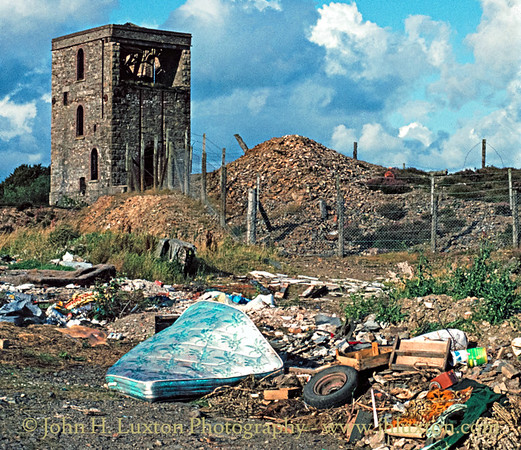
September 06, 1982
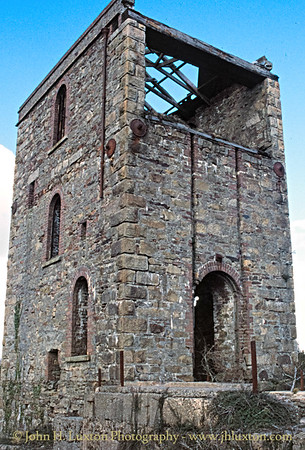
April 04, 1991
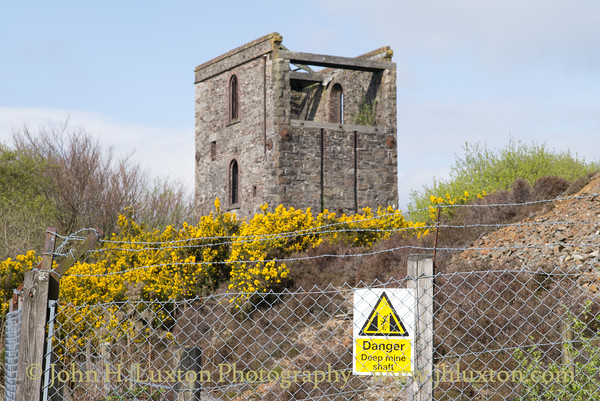
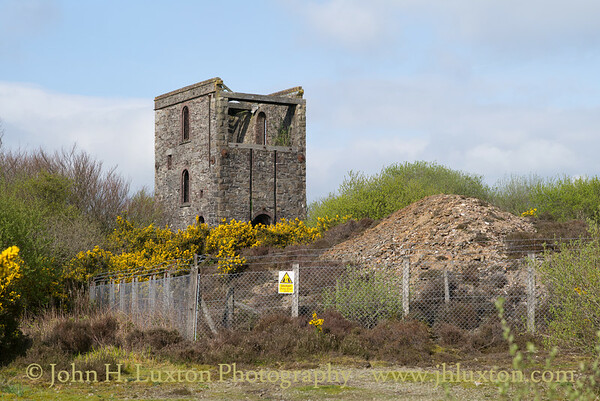
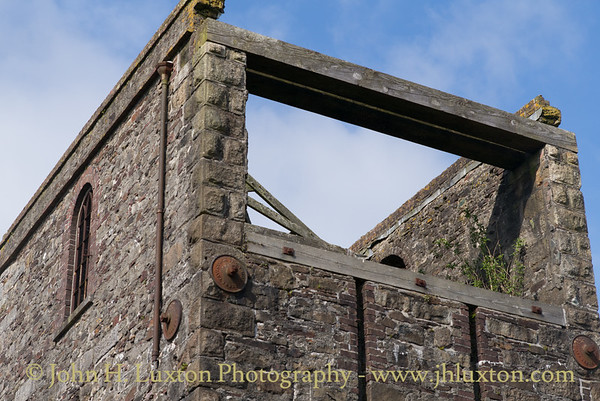
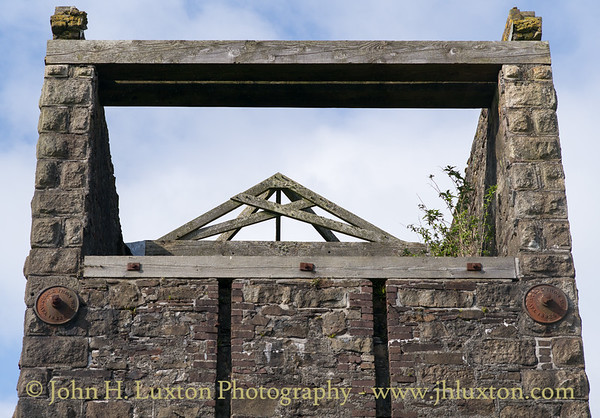
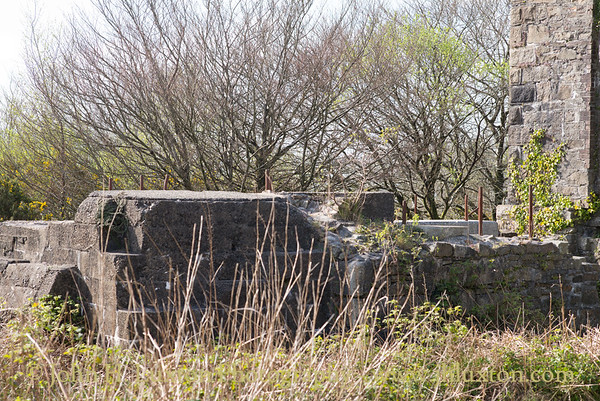
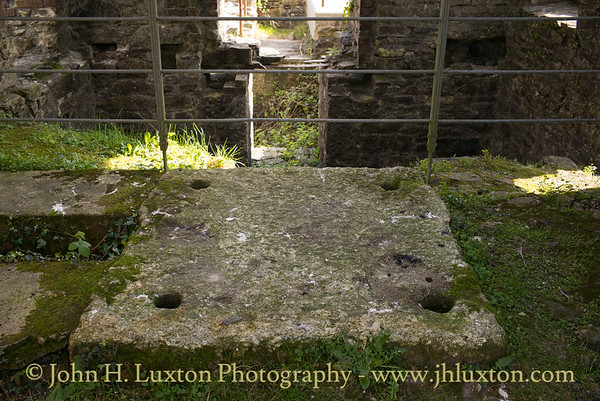
Cylinder bed-stone to which the engine cylinder was bolted
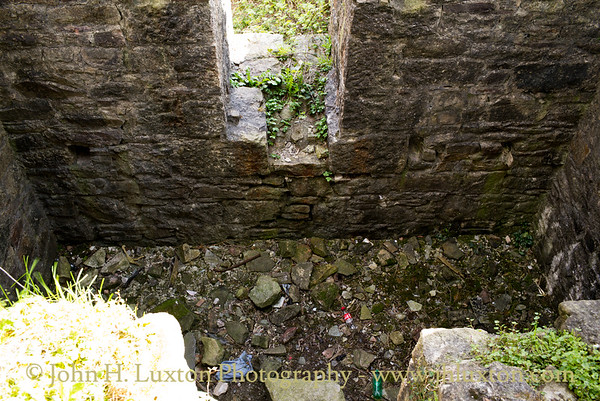
The cateract pit in which the engine valve gear was located
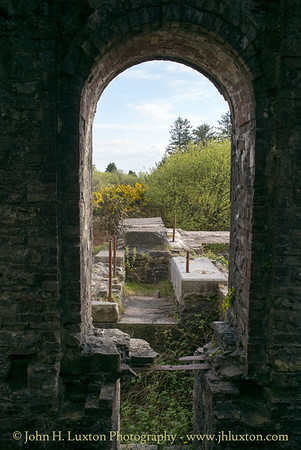


Looking up into the remains of the roof - Hingston Down Mine is one of the few Cornish Engine Houses on abandoned mine sites to retain part of its roof.
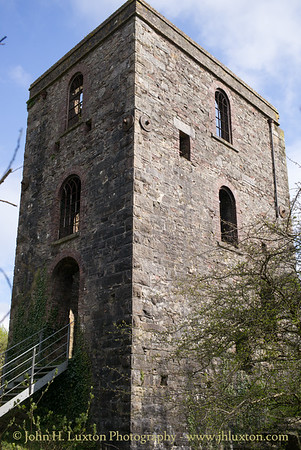
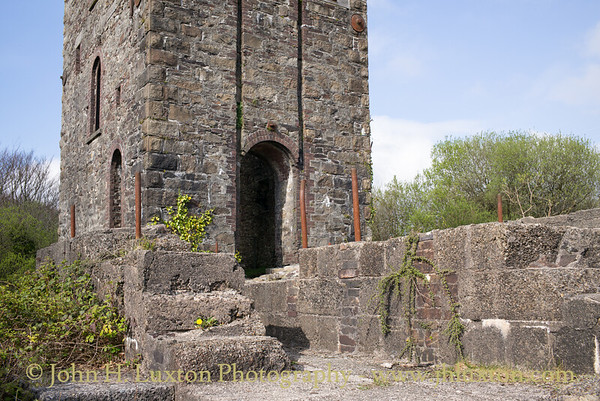
Flywheel loadings
Full gallery of 2017 photos: http://www.jhluxton.com/Industrial-Archaeology/Mines-of-Devon-Cornwall/Hingston-Down-Mine/
Gallery of earlier photos: http://www.jhluxton.com/The-35mm-Fi...rnwall-and-Devon/Hingston-Down-Mine-Cornwall/
Enjoy
John
Hingston Down Mine, located near Gunnislake, Cornwall commenced operation around 1850. The engine house on the site was constructed between 1903 and 1905 to house a rotative beam engine, originally built by the Bedford Foundry at Tavistock, obtained from the recently defunct Devon Great Consols nearby.
The engine operated pumps and stamps. The surviving engine house is located at Baily’s shaft and is unusual as it as it had a flat hipped roof as built and looked very similar in appearance to the engine house that was constructed at the nearby Kit Hill Consols.
The roof of the engine house remained partially intact into the 1990s. All work at the mine is believed to have come to a halt around the end of the First World War and the site was abandoned by 1926. The engine house was conserved in 2006.

September 06, 1982

April 04, 1991






Cylinder bed-stone to which the engine cylinder was bolted

The cateract pit in which the engine valve gear was located



Looking up into the remains of the roof - Hingston Down Mine is one of the few Cornish Engine Houses on abandoned mine sites to retain part of its roof.


Flywheel loadings
Full gallery of 2017 photos: http://www.jhluxton.com/Industrial-Archaeology/Mines-of-Devon-Cornwall/Hingston-Down-Mine/
Gallery of earlier photos: http://www.jhluxton.com/The-35mm-Fi...rnwall-and-Devon/Hingston-Down-Mine-Cornwall/
Enjoy
John



